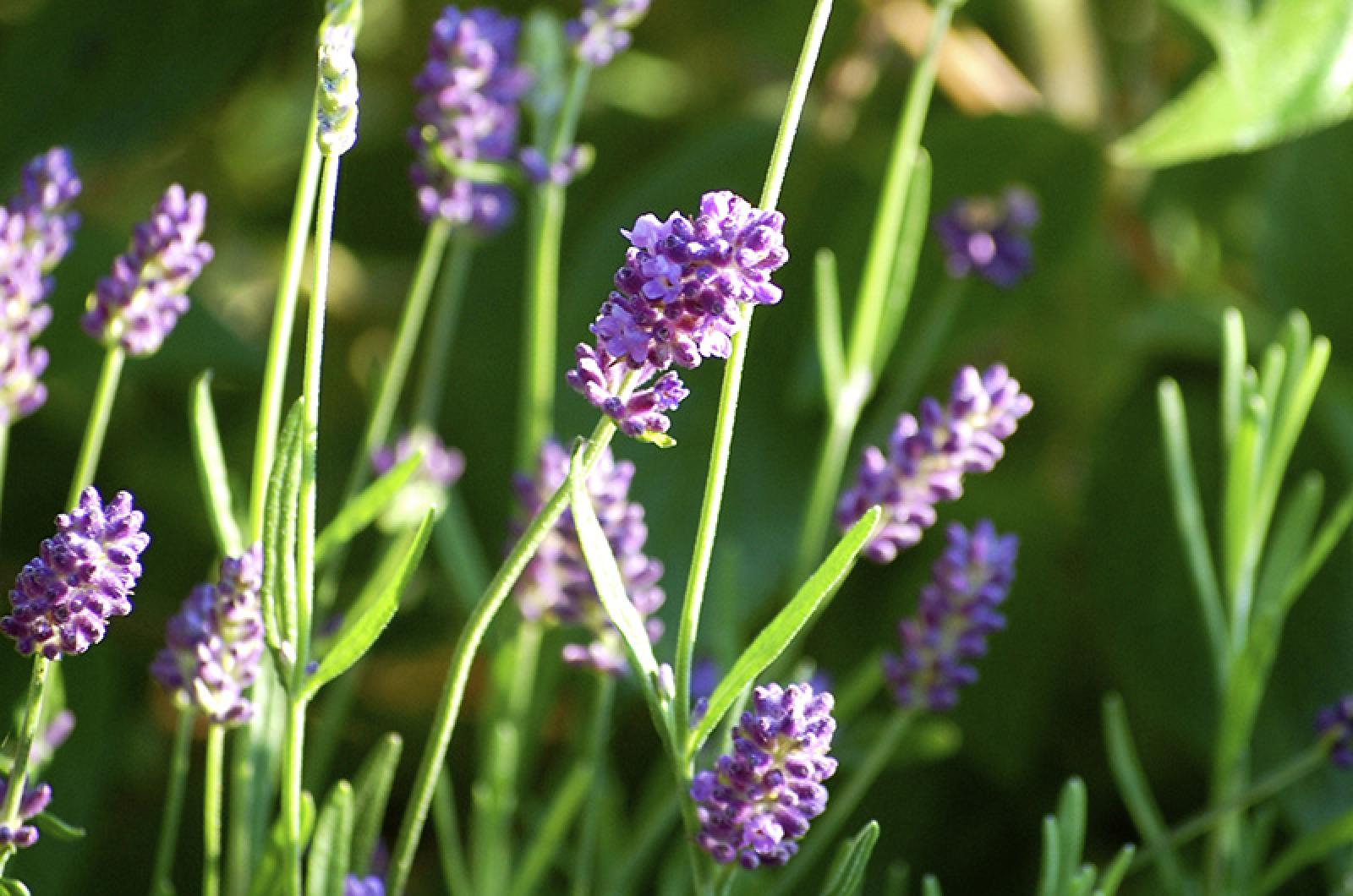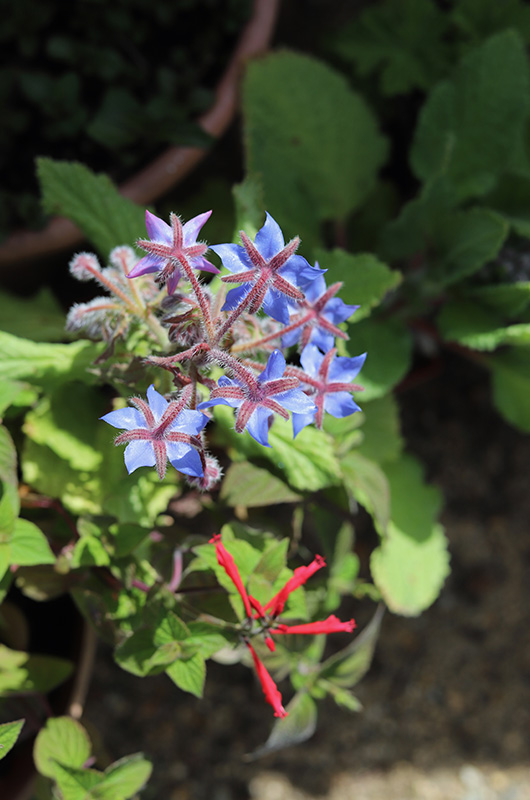For years I was a production grower, planting everything in rows or squares to maximize output. Even flowers and herbs went into utilitarian beds, surrounded by ugly deer fencing.
Sure, beauty had a way of sneaking in. You’d wake up one day with all the mustard greens gone to seed and thousands of tiny yellow flowers waving in the breeze. Or the pole beans would suddenly reach the top of the trellis and spill over in a cascade of little purple blossoms and curling tendrils.
I never stopped noticing the beauty, or longing for more time to nurture it.
Now for the first time in years, I finally have a yard that’s in need of landscaping, that has nooks and crannies, natural areas for perennials — and space for an herb garden. I’ve been keeping myself awake at night reading gardening books, going around and around about where to start, what to plant.
To make life easier, I’ve tried to narrow my focus to herbs. But this gardening thing is anything but linear. You start with chives and before you know it you’re at climbing roses. All the fun (and frustration) lies in the space in between, between theoretical design and practical execution, between what you think you should do and what you actually create. It’s both scary and thrilling.
Finally I called my 89-year-old father, who is an amateur landscape architect with an encyclopedic knowledge of plants. When I got off the phone, I had a list of about 40 perennials (no exaggeration, all Latin names of course) to think about and lots of suggested combinations, which was very helpful. But something else occurred to me while talking to him. This is the man who my mother claimed should have put handles on all his plants. He has moved more plants around than any one I know, all in the name of getting his garden to where he wants it. In other words, it’s okay to make mistakes.
Ultimately I’ve realized that having one designated herb garden, where all the herbs have to hang out together, is rather limiting. Not to mention socially isolating. Perhaps some herbs would be happier in the vegetable garden, others in a flower bed or a pot. Trying to corral all the herbs into one spot was just the left side of my brain trying to overpower the right. It’s a constant battle.
In reality, herbs are a huge family of aromatic plants, many with very different growing needs. Some hardy herbs (catmint, purple sage, tricolor sage, creeping thyme, chives) work beautifully woven into a perennial garden, others (golden oregano, scented geraniums, lemon verbena, silver thyme) have wonderful foliage but quirky or sprawling forms. Some (lavender, bee balm, thai basil, pineapple sage) have beautiful flowers, many (borage, cilantro, dill, calendula, nasturtium) have edible flowers, and even more (mint, rosemary, sage, marjoram) attract pollinators once they start flowering.
So I’ve started to think about where to put my herbs based on their character and how I’ll use them. Are they annuals or perennials (or perhaps biennials, like parsley)? In other words will they just be around this year, or should I work them into the permanent landscape? Do they require a lot of attention, frequent watering, and protection from pests? Or are they tough, draught-resistant, unpleasant to the deer palate? Will I use them frequently in the kitchen? Does the herb have a fragrance or foliage I want to smell or see every day as I walk into my house? The answers to these questions provide a road map for planting. Tender annuals like basil that need babying belong in the vegetable garden. (I’ve grown mine under fabric row cover to keep pests out). But basil also makes a great container plant, where it sometimes escapes the scourge of powdery mildew, given a little afternoon shade to prevent the stress of drying out. And a bit of basil near the kitchen is always a good idea.
Thai basil, on the other hand, has such sturdy stems and beautiful flowers that it can be grown alongside cutting flowers for bouquets.
Parsley is another thirsty herb that likes some shade. It can return for a second year of growth so it needs a spot in the vegetable garden where it won’t be disturbed — next to a perennial bed of asparagus is perfect. But a row of parsley could also go at the feet of gangly perennials in a flower border.
Lavender is one herb that I know I want to see and smell every day. That’s why I’ve just sprung for three “Phenomenal” French lavender plants, a variety recommended by both my dad and Mary Wirtz at Middletown Nursery. Winter hardy and super fragrant, these mounding plants will go along the walkway closest to the deck. Another blue-flowered, silver-foliaged herb (nepeta Blue Wonder) will go at the other end, along with some apricot roses.
The herb I cook with most is English thyme. And because I’m enamored of pink chive blossoms and purple sage leaves, I allowed the left side of my brain to create one semi-formal bed for just these three herbs in a space captured between the deck stairs and the outdoor shower. I planted three of each herb because I’m trying to be a design hipster and embrace the concept of planting multiples (rather than one of this and one of that). There’s something very calming about swaths of foliage.
I stare at this bed, thinking how very grown-up it looks. Then I turn around and see the glorious chaos that is everything else I bought and haven’t planted yet. Three kinds of scented geraniums (my favorite foliage) — to go in pots, I think. Bee balm and hyssop for the flower garden, lemon balm (and cousin peppermint) for the suburbs, creeping thyme for stepping stones. Awkward borage with its charming blue flowers — the vegetable garden. Nasturtiums? Everywhere. There’s no way it will all be neat and tidy, and that’s okay.









Comments
Comment policy »